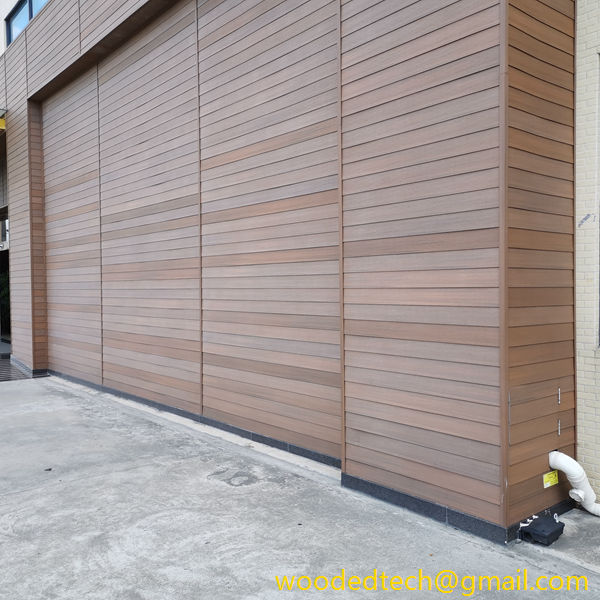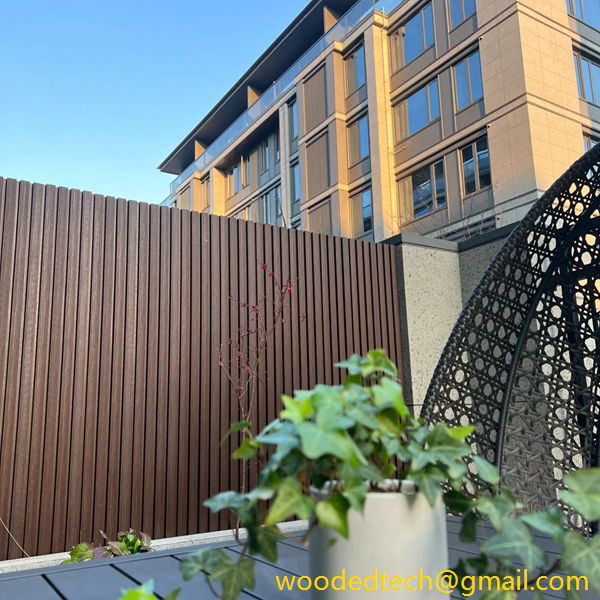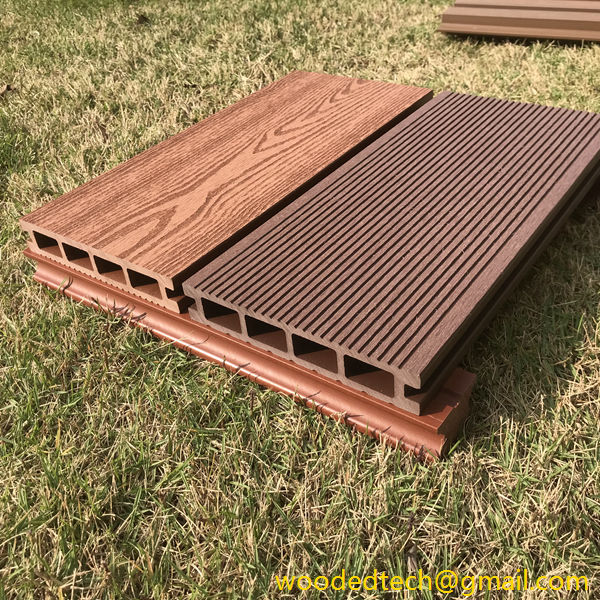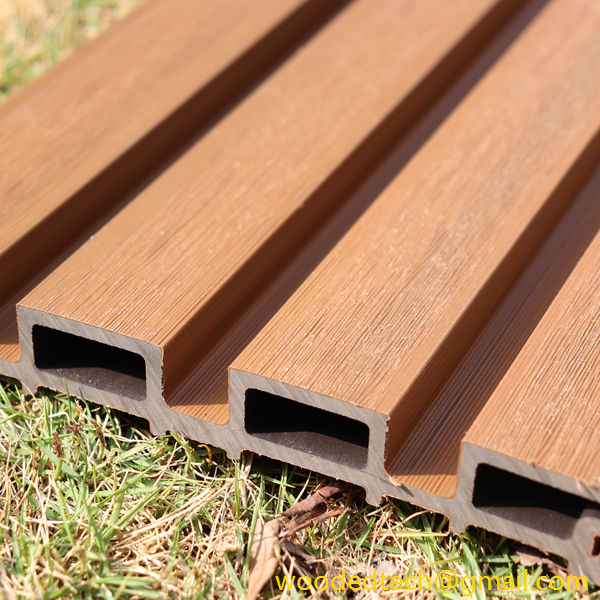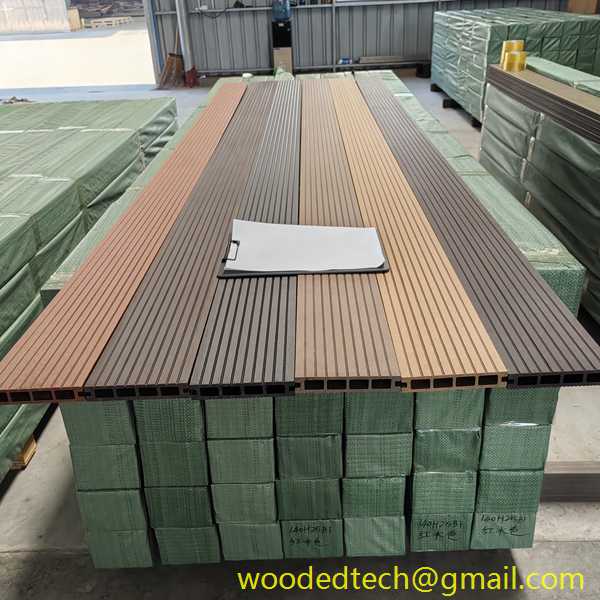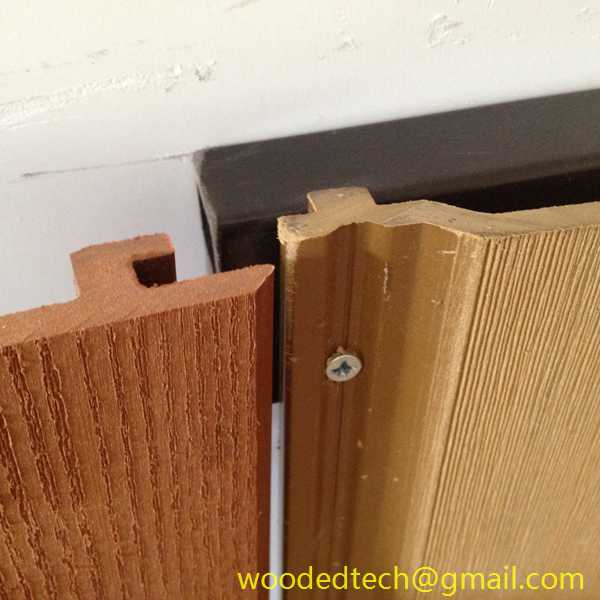WPC Wallpanel Installation Tips
WPC wall panels have gained significant popularity in recent years due to their versatility and durability. As the demand for these materials continues to grow, understanding the global production capacity and pricing advantages can help consumers make informed decisions. This article outlines essential installation tips while highlighting the benefits of WPC wall panels concerning the global supply chain and pricing.
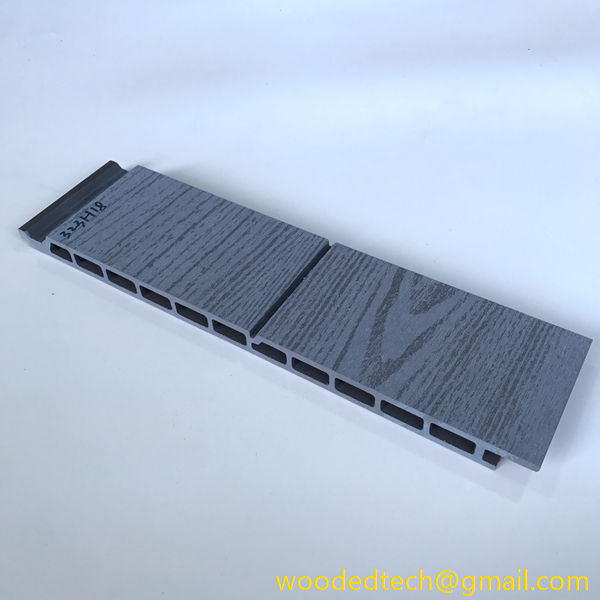
When it comes to installing WPC wall panels, the first step is to prepare the surface properly. Ensure that the wall is clean, dry, and free from any debris. A smooth surface will enhance the adhesion of the panels and provide a better overall finish. It is also essential to check for any moisture issues that could affect the longevity of the panels. Using a moisture meter can help determine if the wall is suitable for installation.
Next, plan the layout of the panels before beginning the installation. Consider the design and aesthetic you wish to achieve. WPC wall panels come in various colors, textures, and designs, allowing for creative freedom. Mapping out the panel arrangement can help visualize the final look and make adjustments as necessary.
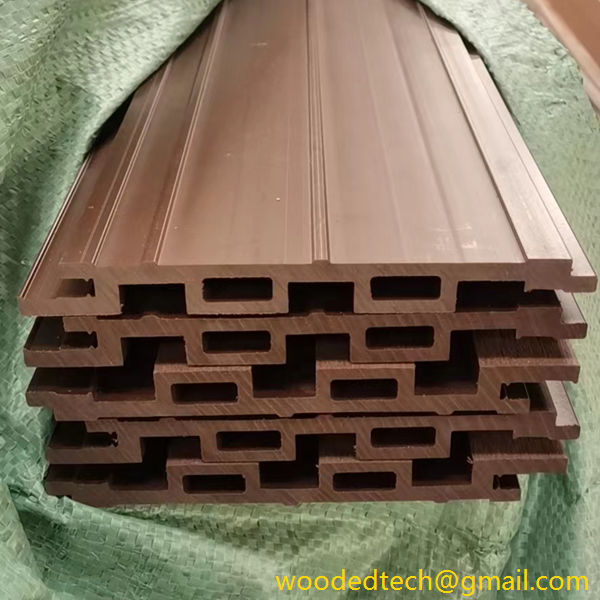
One of the key advantages of WPC wall panels is their ease of installation. These panels are lightweight and can be easily cut to size, making them suitable for DIY projects. When cutting the panels, use a fine-tooth saw to achieve clean edges. Additionally, when installing the panels, start from the bottom and work your way up. This method helps ensure that any gaps or imperfections at the top are less visible.
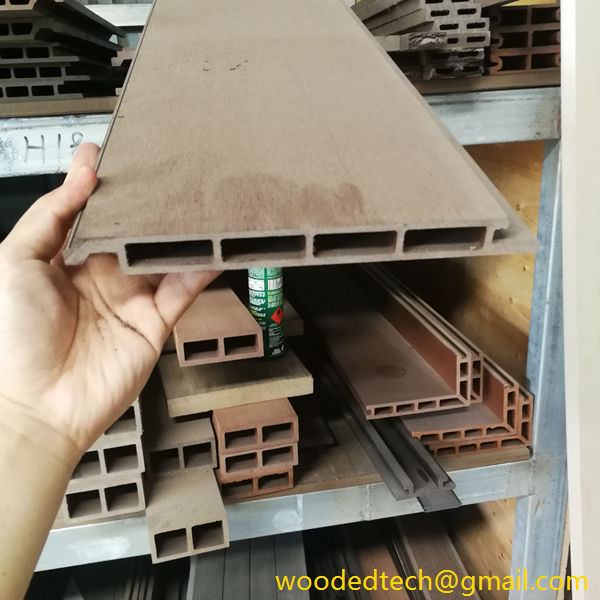
In terms of fastening the panels, it is recommended to use stainless steel screws or adhesive specifically designed for WPC materials. These fasteners provide a secure hold while preventing rust and corrosion over time. Spacing the screws every 16 inches is generally sufficient, but it is always wise to refer to the manufacturer’s guidelines for specific recommendations.
WPC wall panels are often praised for their low maintenance requirements. Unlike traditional wood, they do not require regular painting or sealing. A simple wash with soap and water is usually enough to keep them looking fresh. However, ensuring proper ventilation and preventing water accumulation behind the panels is crucial to maximize their lifespan.
From a global perspective, the production capacity of WPC materials has expanded significantly, with major manufacturing hubs located in Asia, Europe, and North America. Countries like China and Germany are at the forefront of WPC production, leveraging advanced technologies and efficient manufacturing processes. This widespread production capability contributes to a competitive market, leading to attractive pricing options for consumers.
The pricing advantages of WPC wall panels stem from several factors. First, the raw materials used for WPC, which typically include wood flour and recycled plastics, are often more cost-effective than pure wood or other building materials. This cost efficiency translates to lower production costs, which manufacturers can pass on to consumers.
Additionally, the global supply chain for WPC wall panels benefits from economies of scale. As production increases, manufacturers can reduce costs per unit, making it more affordable for consumers. The ability to source materials from various regions also helps mitigate price fluctuations caused by supply chain disruptions or material shortages.
Moreover, WPC wall panels are gaining traction in various markets due to their eco-friendly nature. These panels often incorporate recycled materials, appealing to environmentally conscious consumers. As sustainable building materials become more sought after, the demand for WPC panels continues to rise, further enhancing their market presence and competitive pricing.
In conclusion, when installing WPC wall panels, proper preparation, layout planning, and secure fastening are essential for achieving a professional finish. The global production capacity and pricing advantages associated with WPC materials make them an attractive option for consumers looking for durability and aesthetic appeal. With their low maintenance requirements and eco-friendly attributes, WPC wall panels are well-positioned in the market, providing both functional benefits and cost savings. As the demand for sustainable building solutions increases, WPC wall panels are likely to remain a popular choice among homeowners and builders alike.

